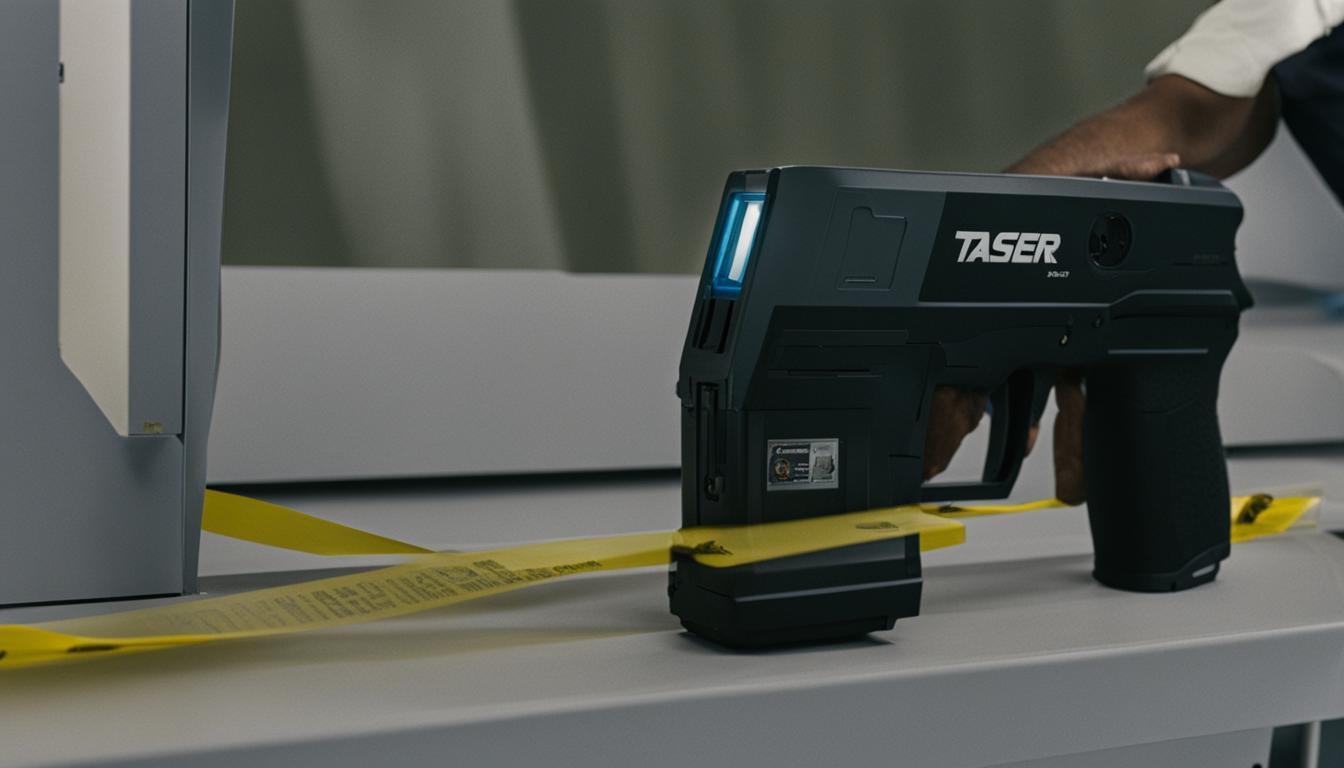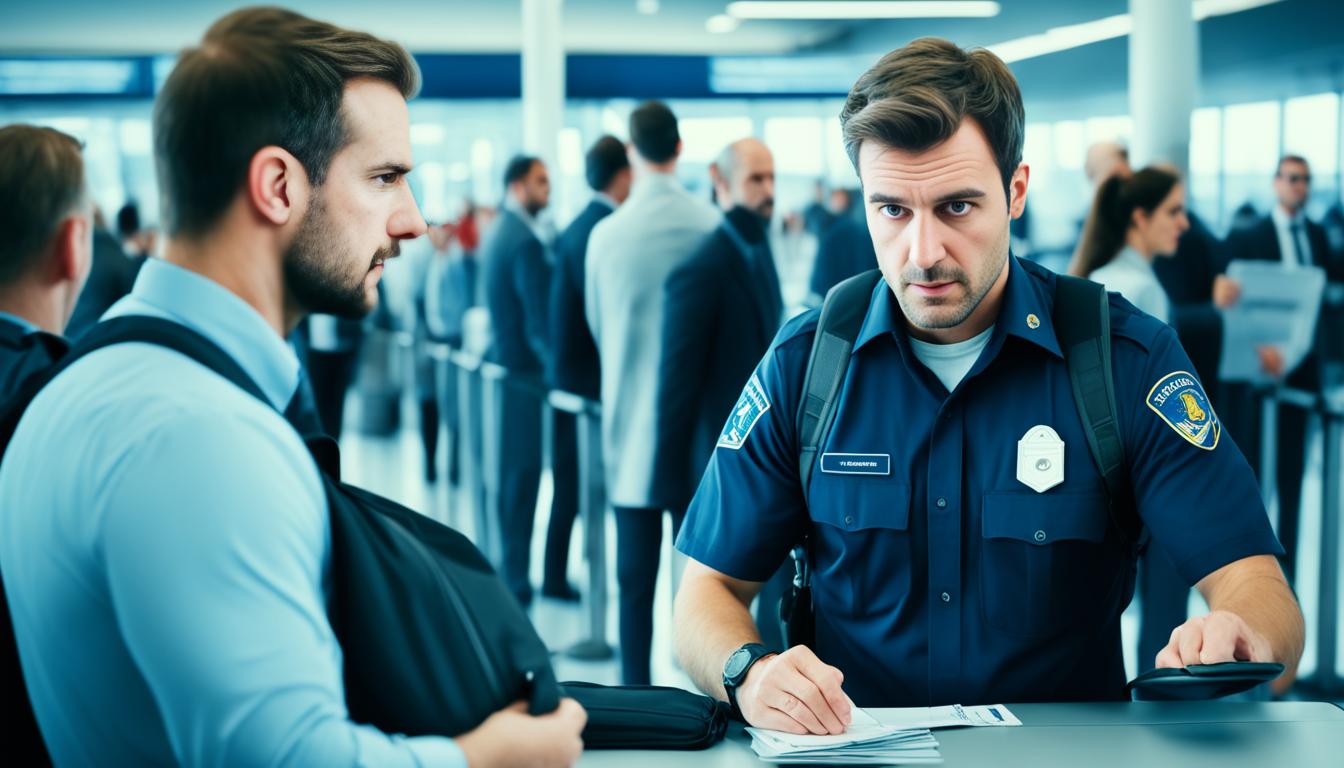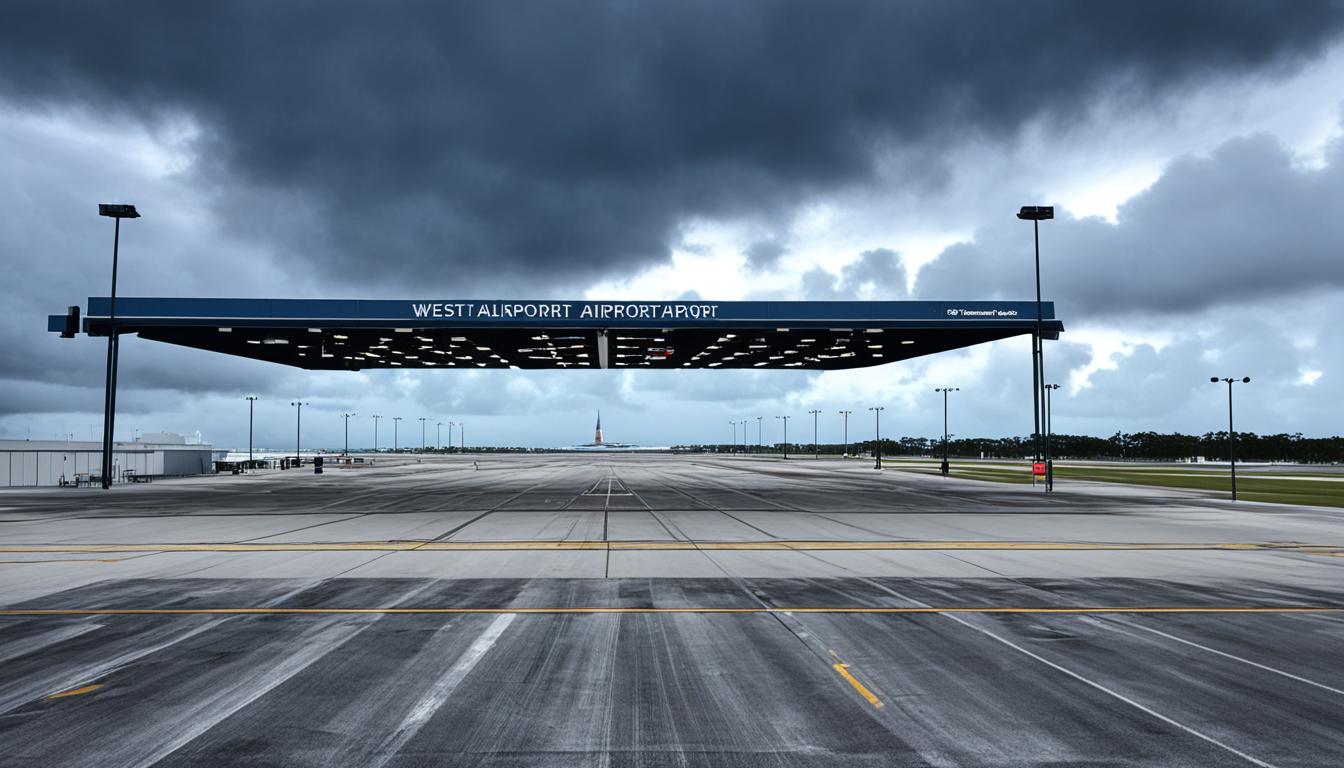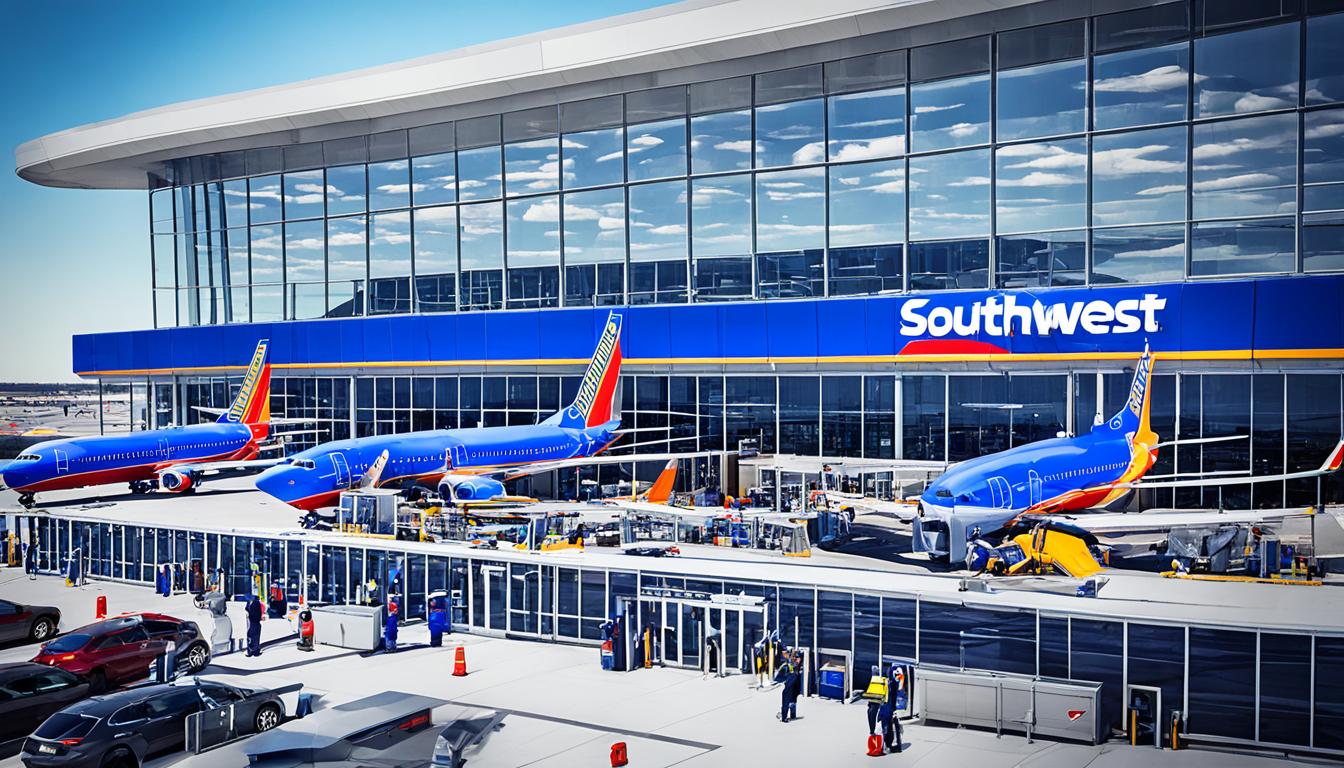
When planning your next trip, it’s essential to be aware of the rules and regulations surrounding what you can and cannot bring on a plane. One common question that arises is whether you can take a taser on a plane. Let’s explore the guidelines established by the Transportation Security Administration (TSA) regarding this matter.
According to the TSA, carrying tasers, electro-shock weapons, or stun guns in carry-on bags is prohibited due to safety concerns. However, some airlines do allow tasers in checked baggage. For example, American, Delta, JetBlue, Alaska, Spirit, and Southwest permit tasers in checked baggage, but United Airlines advises passengers to disconnect the taser from its power source before storing it.
It is crucial to note that regulations may vary for international flights. Each destination country may have its own rules, so it is vital to check the regulations specific to your airline and the country you are traveling to.
Additionally, it is important to research the laws of the state you are traveling to within the United States. Each state may have its own regulations regarding carrying tasers or shocking devices, so be sure to familiarize yourself with the laws of the state you are visiting.
When traveling internationally with a taser, always confirm with the relevant authorities and familiarize yourself with the regulations of the destination country to avoid any complications or legal issues.
TSA Regulations for Carrying Stun Guns and Electro-Shock Devices
When it comes to traveling with stun guns and electro-shock devices, it’s important to understand the TSA regulations to ensure a smooth and hassle-free journey. The TSA permits these items to be carried in checked luggage, but certain conditions must be followed to ensure safety during transport.
To comply with TSA regulations, it is crucial to pack stun guns and electro-shock devices securely in checked baggage. This ensures that they do not accidentally activate while in transit. As an additional precaution, passengers are advised to remove any batteries from these devices and ensure they are not damaged or faulty.
Another important consideration is the wattage of the batteries. According to TSA guidelines, the batteries used in these devices should not exceed 100 watts. This helps prevent any potential risks during the flight.
If you have any questions or need further assistance regarding the specific TSA regulations for carrying stun guns and electro-shock devices, it is recommended to reach out to the customer support team of the airline you are traveling with. They will be able to provide you with the most up-to-date information and ensure that you are compliant with all TSA guidelines.
Remember, staying informed about TSA regulations and following them diligently enhances the safety and security of air travel for everyone.
Incidents Involving Stun Guns on Airplanes
Several incidents have highlighted the challenges faced by airports in detecting stun guns and other weapons. These incidents serve as a reminder of the ongoing need for vigilance in airport security.
In one notable case, a stun gun was found in the magazine storage of a JetBlue flight, raising concerns about how it managed to bypass TSA security measures. This incident brings to light the need for more effective detection methods to prevent such weapons from being brought onto planes.
Another incident involved a stun gun disguised as a cell phone on an American Airlines flight. This clever concealment technique poses a serious threat and underscores the potential dangers that stun guns can pose when they are unknowingly brought aboard airplanes.
These incidents not only highlight the importance of constant vigilance in airport security but also raise questions about the effectiveness of TSA regulations in preventing stun guns and other weapons from being smuggled onto planes. It is imperative that airports continuously review and upgrade their security measures to stay ahead of evolving threats.
Balancing Safety and Self-Defense on Airplanes
The issue of carrying stun guns on planes presents a challenging dilemma of balancing the safety of passengers with their right to self-defense. Airports are tasked with detecting potential threats while respecting the individual rights of travelers. As security measures continue to evolve, criminals may find ways to circumvent the system, making it imperative for passengers to follow proper procedures and declare any weapons or firearm accessories when traveling.
The ongoing efforts to enhance security at airports reflect the constant need to adapt to new threats and technologies. Achieving a balance between safety and self-defense requires a comprehensive approach that prioritizes both the protection of passengers and the freedom to protect oneself.
While the primary responsibility lies with law enforcement and airport security personnel, passengers also play a crucial role in maintaining safety during flights. Adhering to TSA regulations, reporting suspicious activities, and being aware of emergency protocols contribute to creating a secure environment for everyone on board.






